All across the world, landscapes change with the seasons. But few countries get as excited about these changes in nature as Japan does. From the pale pink cherry blossom, vibrant azaleas, plump hydrangeas and hearty lotus flowers, these distinct seasons draw visitors from all over to see them in all their glory during their short bloom. And to honour the arrival of autumn, I duly paid a visit to Hitachi Seaside Park (国営ひたち海浜公園, Kokuei Hitachi Kaihinkōen) on Japan’s Pacific coast, known for its incredible seasonal transformations.
The Extraordinary Kochia of Hitachi Seaside Park
Hitachi Seaside Park is located in Ibaraki prefecture (茨城県) and is open to the public all year round. While late-April to mid-May is the peak season for the Nemophila (also known as Baby Blue Eyes), which the park is also famous for, late September to mid-October marks the season for the Kochia Carnival. Also known as Summer Cypress, the stems of the Kochia are traditionally dried and used to make household brooms. At Hitachi Seaside Park, the hill transforms into a carpet of red-fuchsia Kochia herb at the height of its vibrancy in mid-October. Due to its popularity, the park tends to be crowded on the weekend, so a weekday visit will give you a better opportunity to appreciate it more quietly.
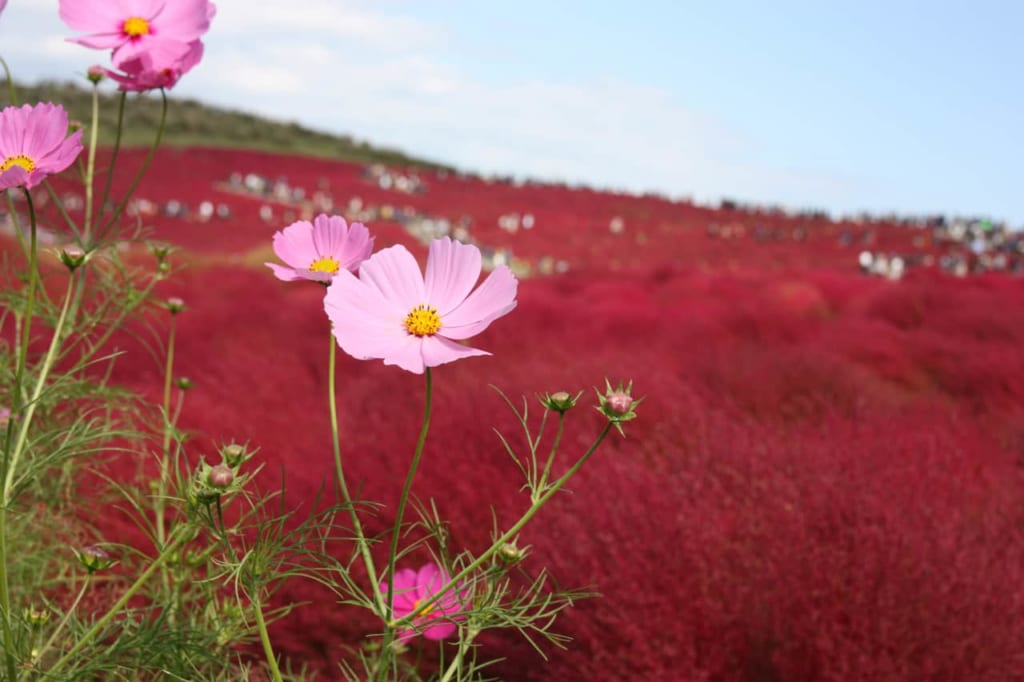
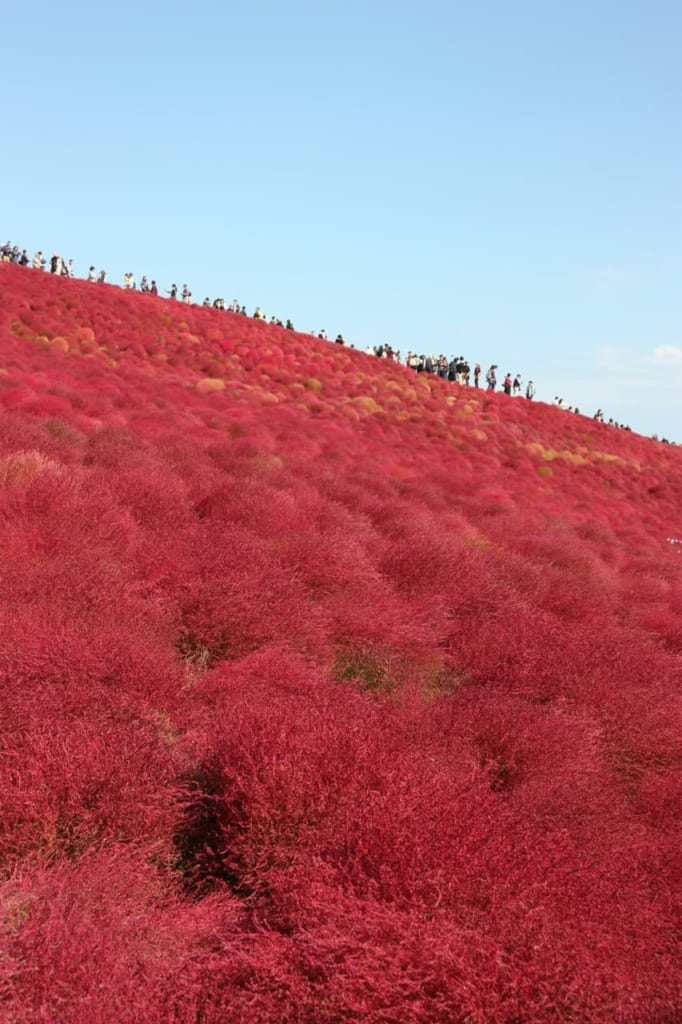
The Superb Colours of the Kochia Carnival at Hitachi Seaside Park
I first became aware of this beautiful natural phenomenon while scrolling through images on social media. Admittedly, I was skeptical at first: considering the age of photo editing and applying filters to our photographs in Photoshop and Instagram, the colours seemed a bit too vibrant to look real. As I was living in Japan, I decided to jump on a train in Tokyo to Hitachi Seaside Park to see for myself.
It is quite easy to reach Hitachi Seaside Park from Tokyo, making it an ideal destination for a day trip. Under an hour and a half on the train and twenty minutes on a bus, I arrived at the famous park alongside a large number of other visitors.
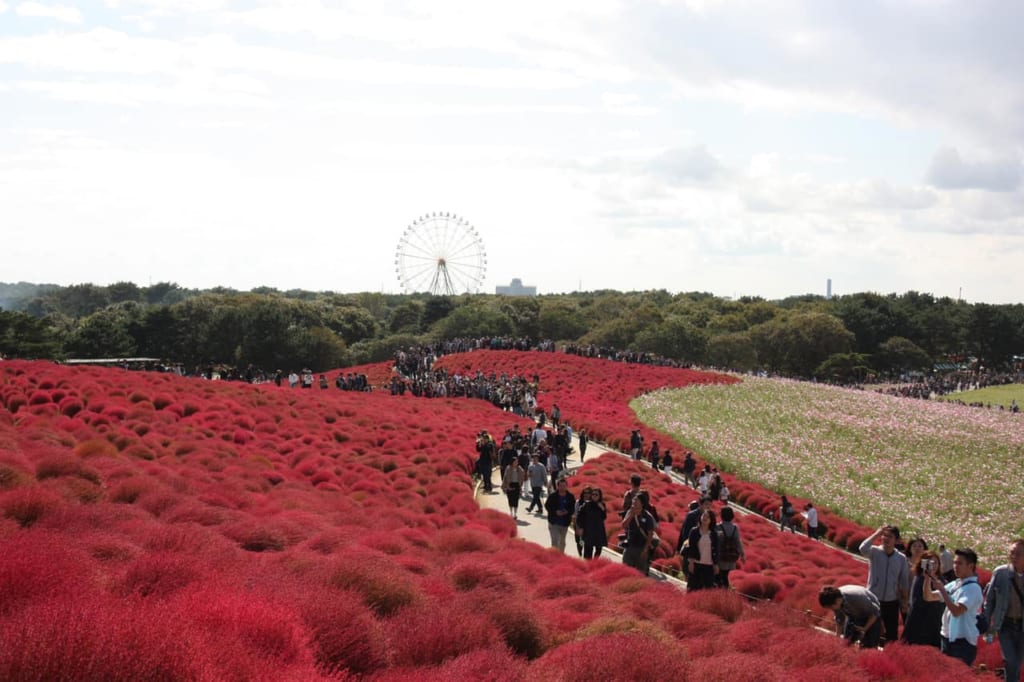
Autumn Transformation of Miharashi Hill
After entering, I headed towards Miharashi Hill, a hill covered in Kochia, which overlooked the park on one side and the Pacific Ocean on the other. A carpet of red flowers stretched as far as the eye could see, and the blue sky backdrop brought out the red intensity of the 32,000 Kochia flowers growing there. The panoramic view was magnificent and, as was the case with all of the photos that I took, certainly didn’t need an Instagram filter.
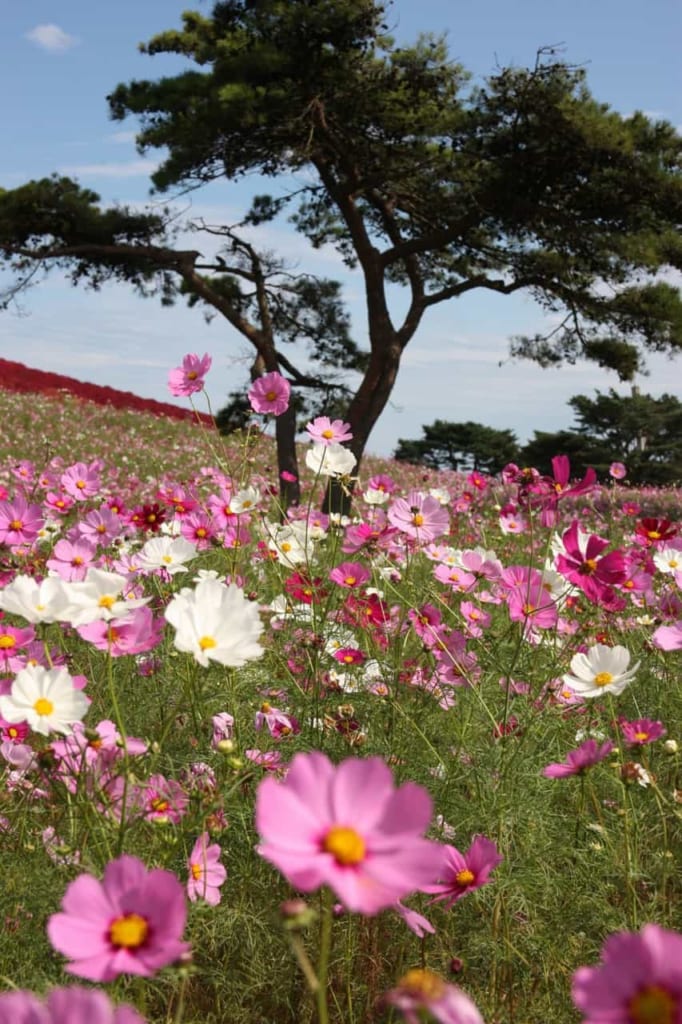
A small, winding path through the bushes snaked its way towards the top of the hill and allowed visitors to see the flowers in closer detail. As they gently rustled in the breeze, the Kochia flowers began to take on a surreal form. Like a dream straight out of a painting or animation film, it was impossible to divert my gaze. The surroundings were incredibly photogenic, and I wanted to take a picture from every angle as each step presented a different perspective of the scenery.
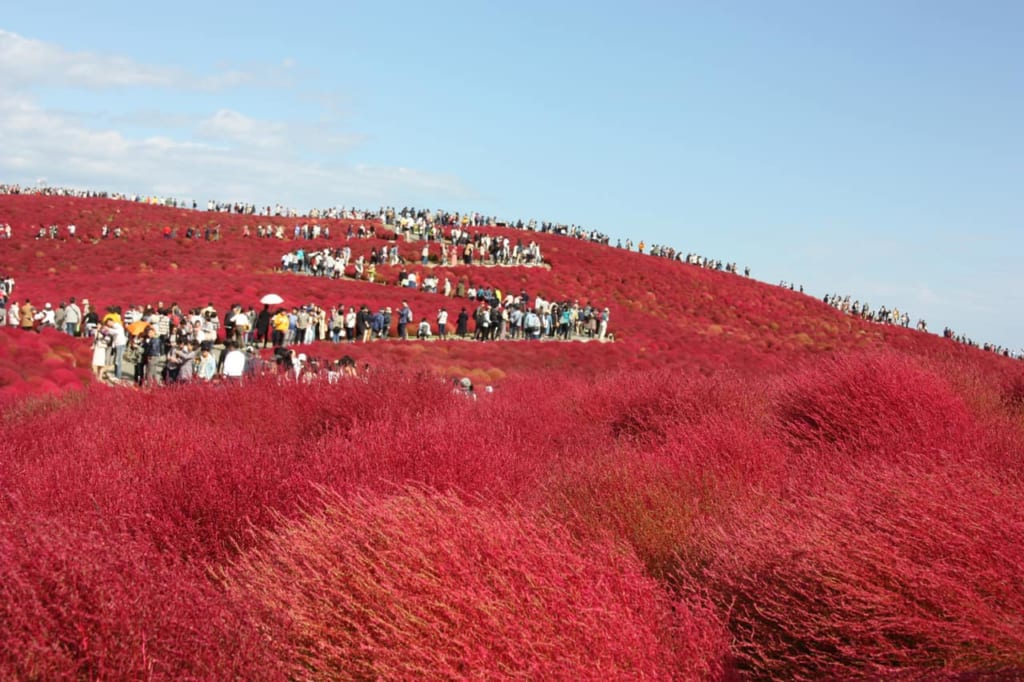
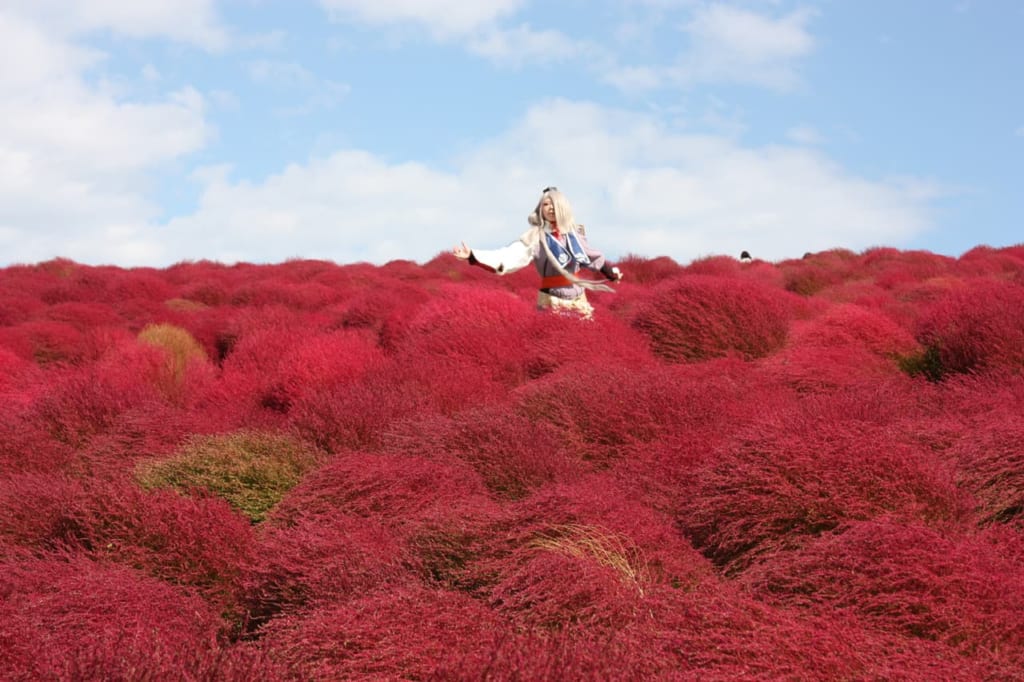

Exploring the Rest of Hitachi Seaside Park
There is more to discover beyond the Kochia field at Hitachi Seaside Park. An area of 350 hectares (of which 200 is open to the public) includes a forest, traditional houses, an amusement park and restaurants – plenty to explore in a day trip. Each season offers magnificent panoramic views, so there is something to enjoy at any time of the year. The official Hitachi Seaside Park has an online map you can download so you can plan your visit in advance.
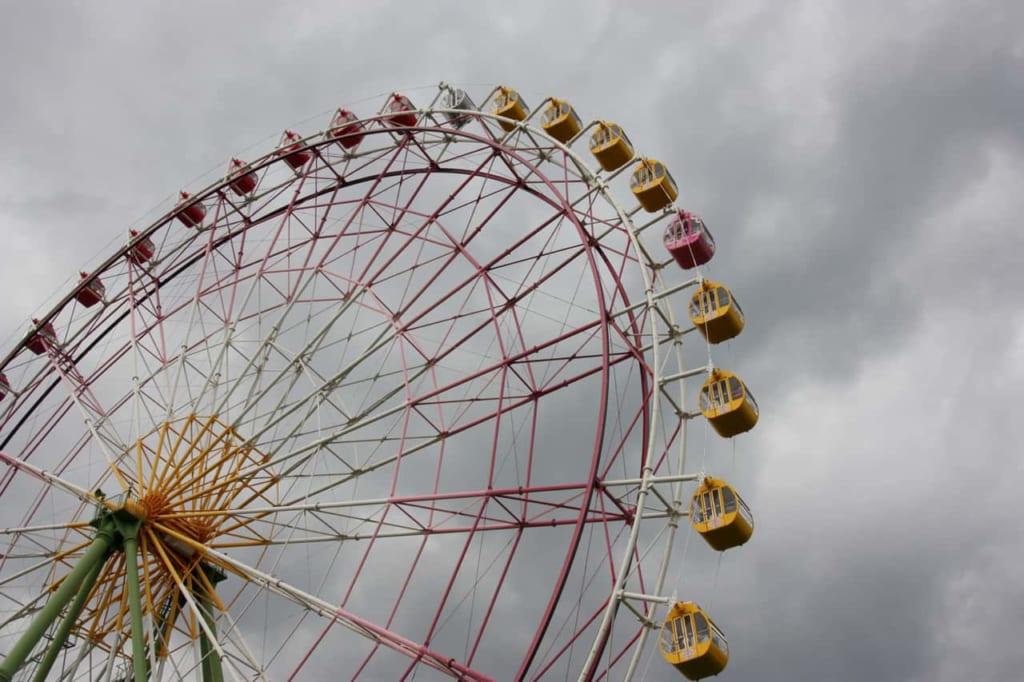
To experience another side of the park and escape the crowds, I recommend the Dune Garden, which features an aromatic herb garden and boardwalk overlooking the Pacific Ocean.
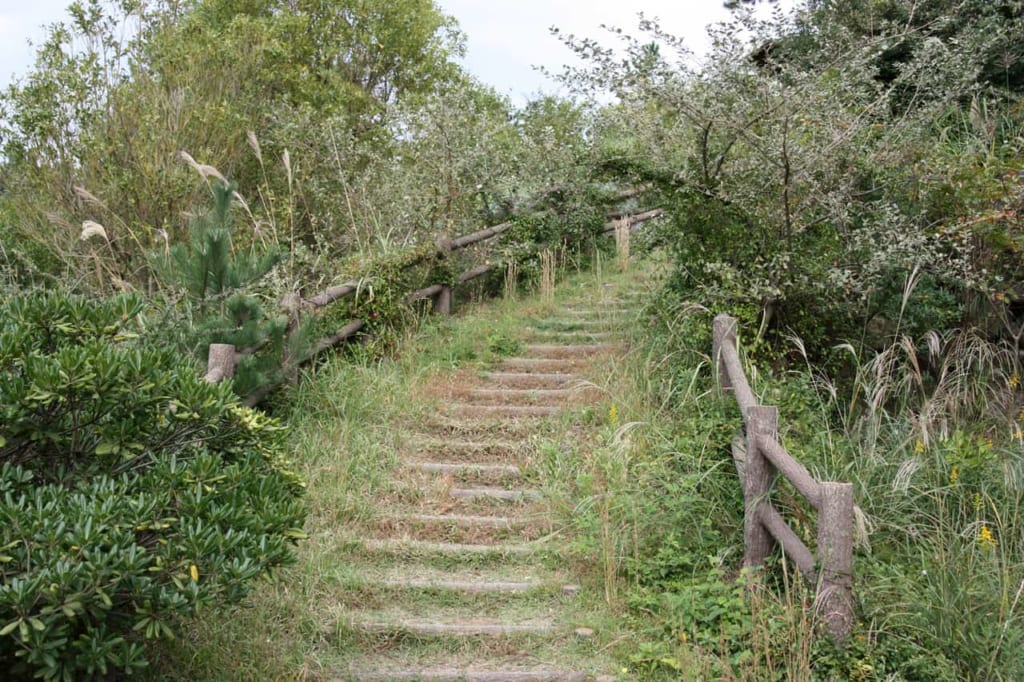
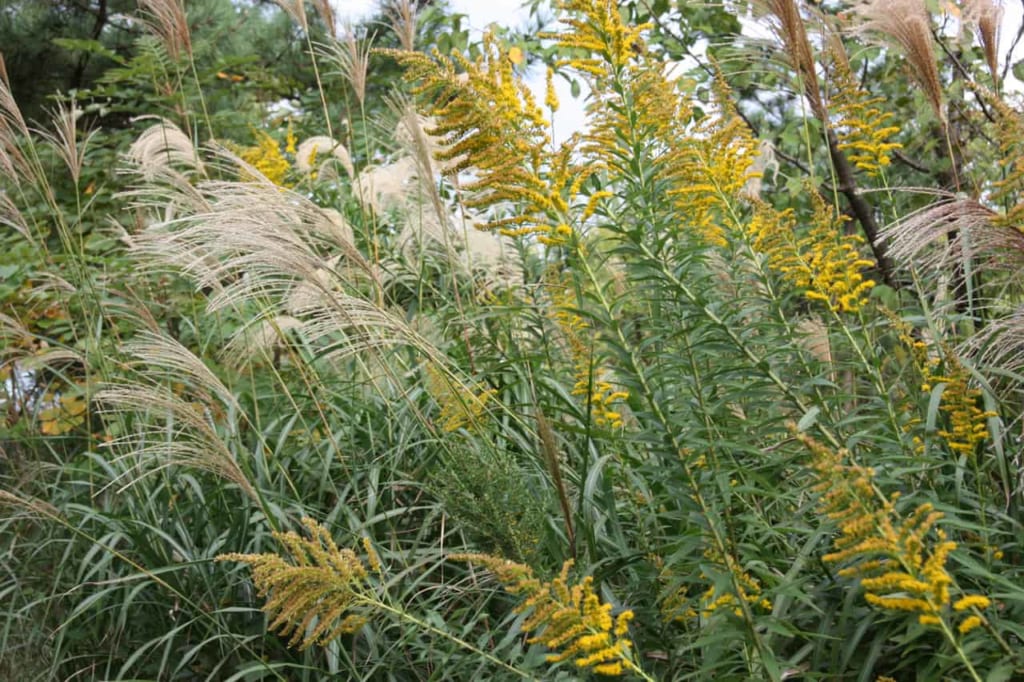
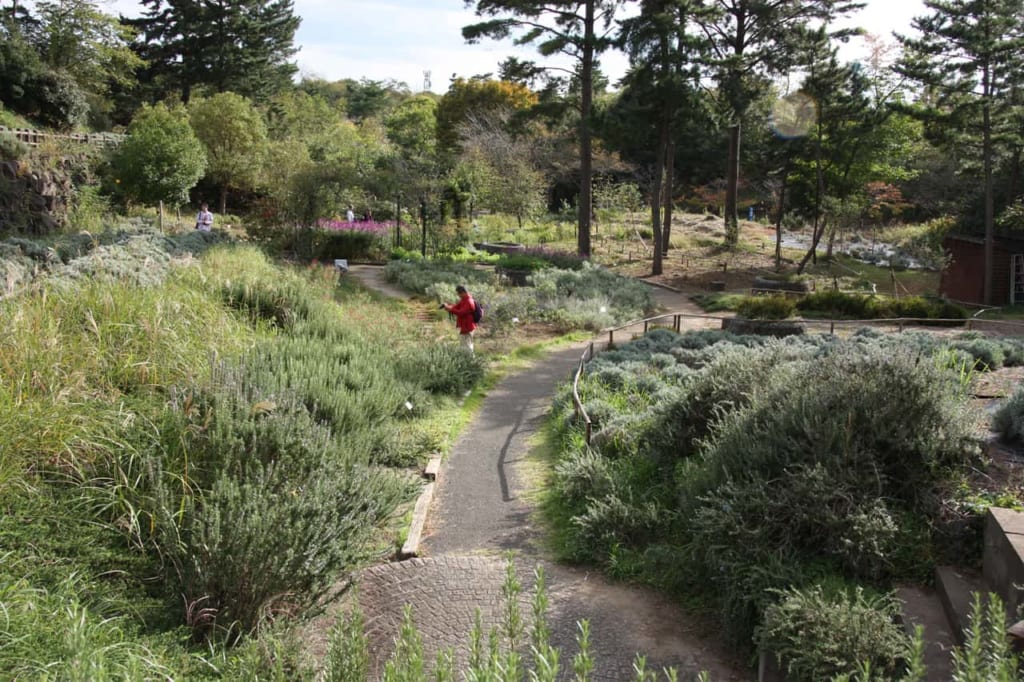
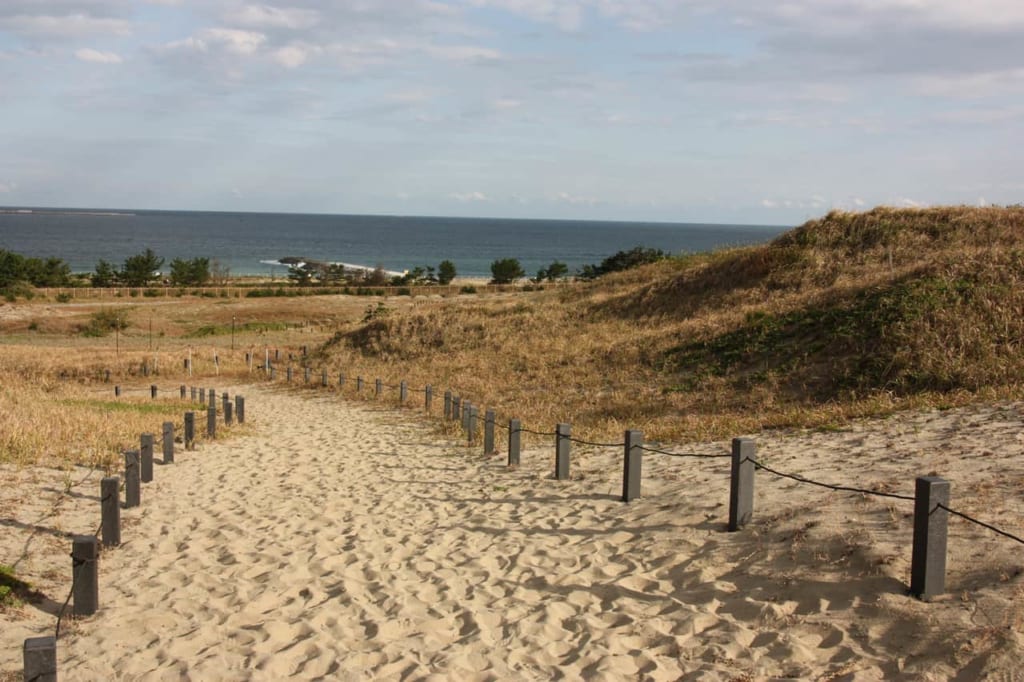
Due to the large size of the park, bicycle rentals and a kid-friendly ‘train’ (on tires) are popular methods for exploring the park. Bicycle rentals start at 450 JPY for 3 hours, with options to rent a regular or electric bike. The train travels around the perimeter of the park and stops at various locations along its route, and costs 600 JPY for a one-day pass.
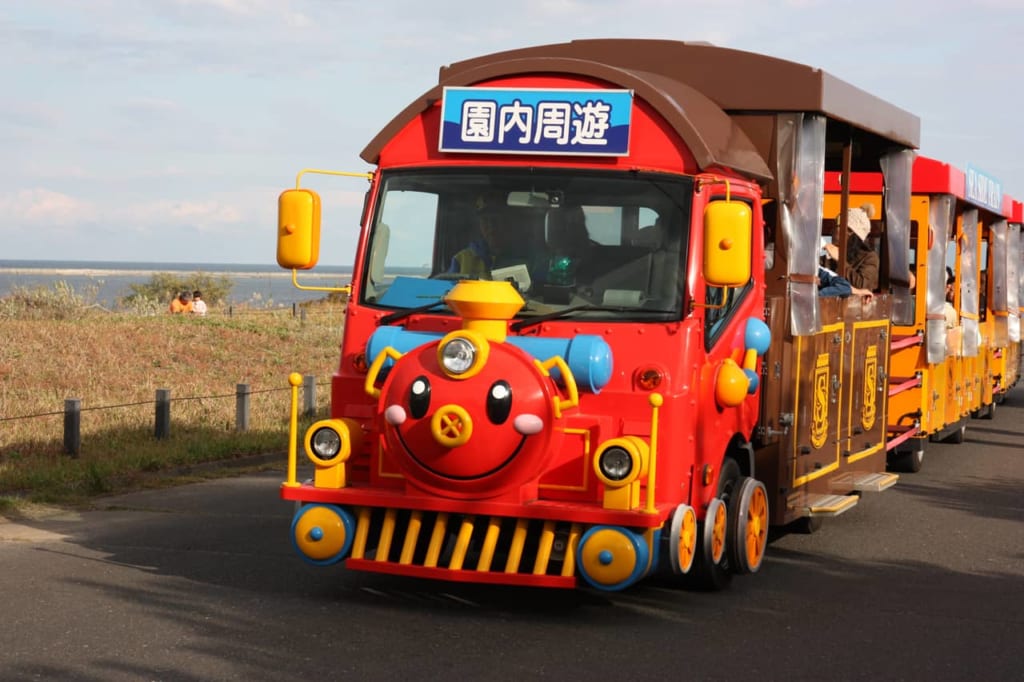
Getting to Hitachi Seaside Park
Take the JR Joban Line from Tokyo Station (東京駅) or Ueno (上野) to Katsuta Station (勝浦駅). A bus comes to the station every 20-30 minutes and will take you to the park in around 15 minutes. Please make plans to leave early, especially during the busy October months, as trains and buses tend to get congested during this time.
Admission Information
Admission prices to the park vary depending on the tourist season. The price is 450 JPY for an adult during the regular season and 700 JPY in high tourist season. Children 14 years and under get free admission. You can also buy a 2-day pass so you can extend your visit if you’d like.
Admission (15 years and over) | 450 JPY during low tourism season 700 JPY during high tourism season 290 JPY per person for groups (20+) |
| Admission (14 and under) | Free |
| Parking | Paid parking |
| Phone | 029-265-9001 |
Hours
| 9:30–17:00 | March 1 to July 20 / September 1 to October 31 |
| 9:30–18:00 | July 21 to August 31 |
| 9:30–16:30 | November 1 to February 28 |
| Closed | Tuesdays (or the following day if a national holiday falls on a Tuesday) December 31 and January 1 The first consecutive Monday to Friday in the first week of February |
Translation by: Mark Webster



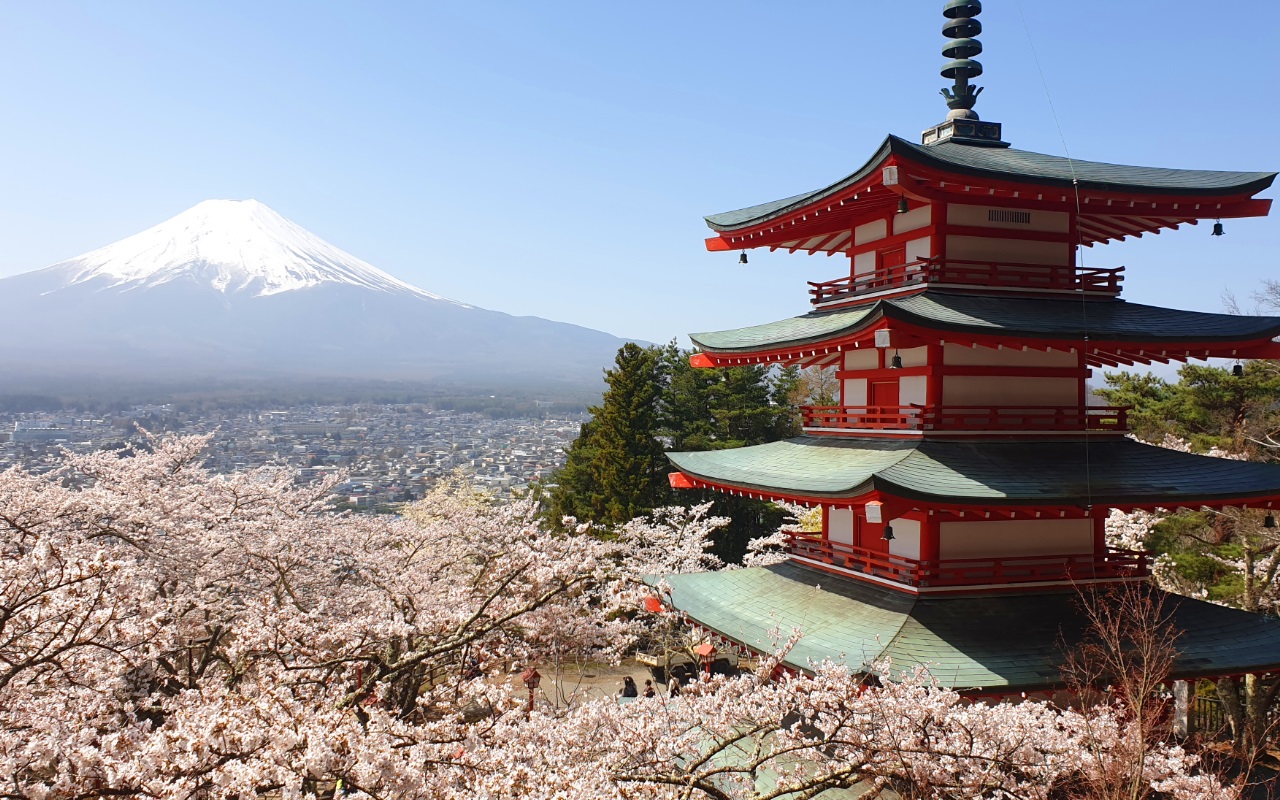













hello! I see that in your pictures the Kochia bushes are all in their vibrant red state. May I know the date you saw them? I’m thinking of visiting in first week of october (like around 5-10 oct) but am unsure if i’ll be able to see them like that like that.
Hi Christy, thank you for your comment! In early October, you should start seeing the Kochia turn green-red during this time. By mid-October, the Kochia turn a deep scarlet, so you might be arriving right between those two seasons!
Temperature and weather can affect the estimated colors every year, so we suggest you check the official Hitachi Park website at : https://hitachikaihin.jp/en/ for the most recent update of the Kochia colors. Enjoy!